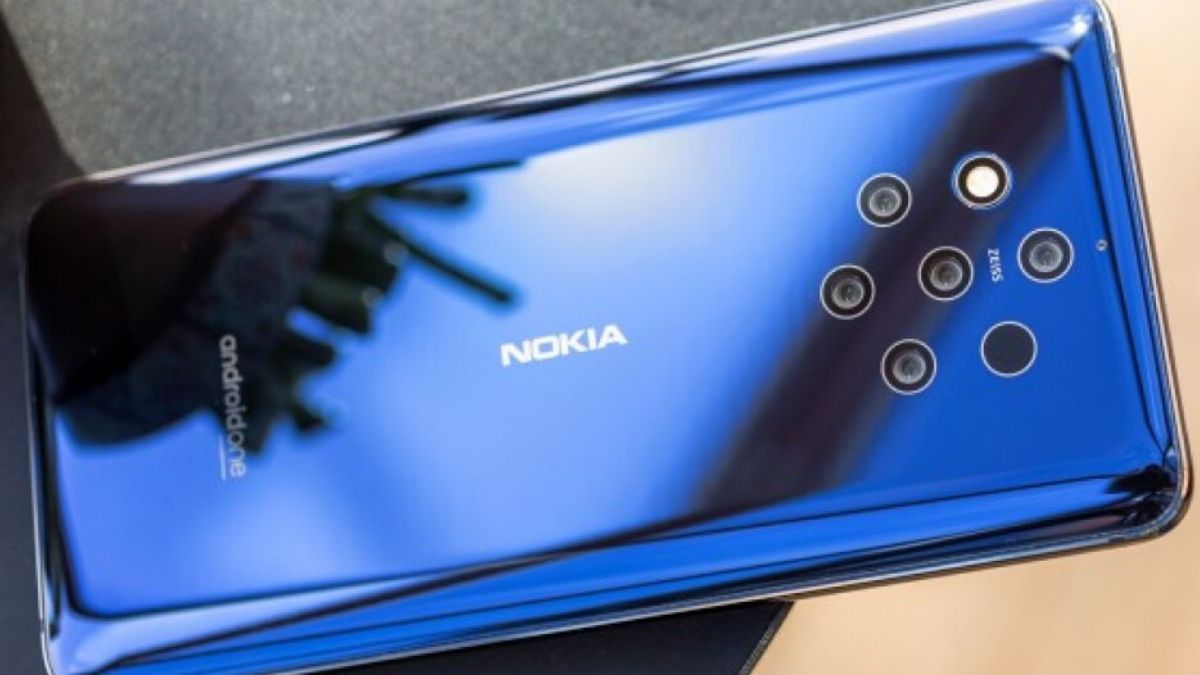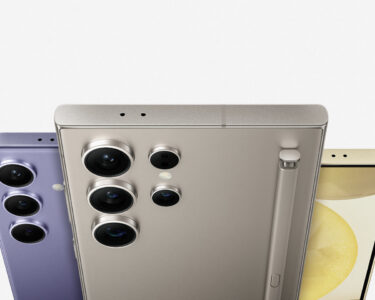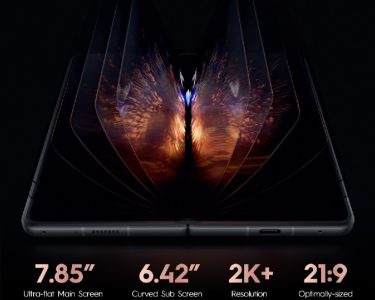So earlier today Nokia hinted that the company has some surprises in stored for its users for its product launch event which is set to be held in London on March 19th. It is not confirmed news but it is rumored that the Nokia 9.2 PureView may be one of the surprises that Nokia claims. Nokia is expected to unveil a next-generation model of the Nokia 9 PureView that was launched last year which came with an amazing Penta-camera design at the back.
A well known concept creator who goes by the name of Ben Geskin has dished out a cool concept design has in turn stated that the Nokia 9.2 PureView, which will be a successor to the Nokia 9 PureView. The design is basically a product of Geskin’s imagination and it should therefore be noted that it is not base on the rumors or leaks surrounding the device. However, the design draws inspiration from the Nokia 9 PureView.
The concept of the phone falls in line with rumours that Nokia will skip calling the next model Nokia 9.1 PureView for reasons which are still unknown and such rumors have been popping up online for quite some time now. The Nokia 9 PureView was announced back in February last year, but its successor is yet to arrive.
In terms of the design, the concept shows the device with a full-screen design with perfect symmetry. What we mean by this is that the device will have no notch and there is no sign of a hole-punch either. The 9.2 PureView is envisioned to feature an under-display selfie shooter, something that is yet to find its way into any smartphone. An executive from the popular Chinese company, Xiaomi has recently said that the under-display camera concept is still not ready for primetime. On the bright side, Vivo have in turn utilised the under-display camera design on the APEX 2020 Concept phone that was unveiled last week. So, the display design may go commercial this year.
The physical keys are located on the right-hand side of the concept smartphone. The backside of the device reminds us of the Nokia 9 PureView but there are only four camera sensors found at the back of the device.




